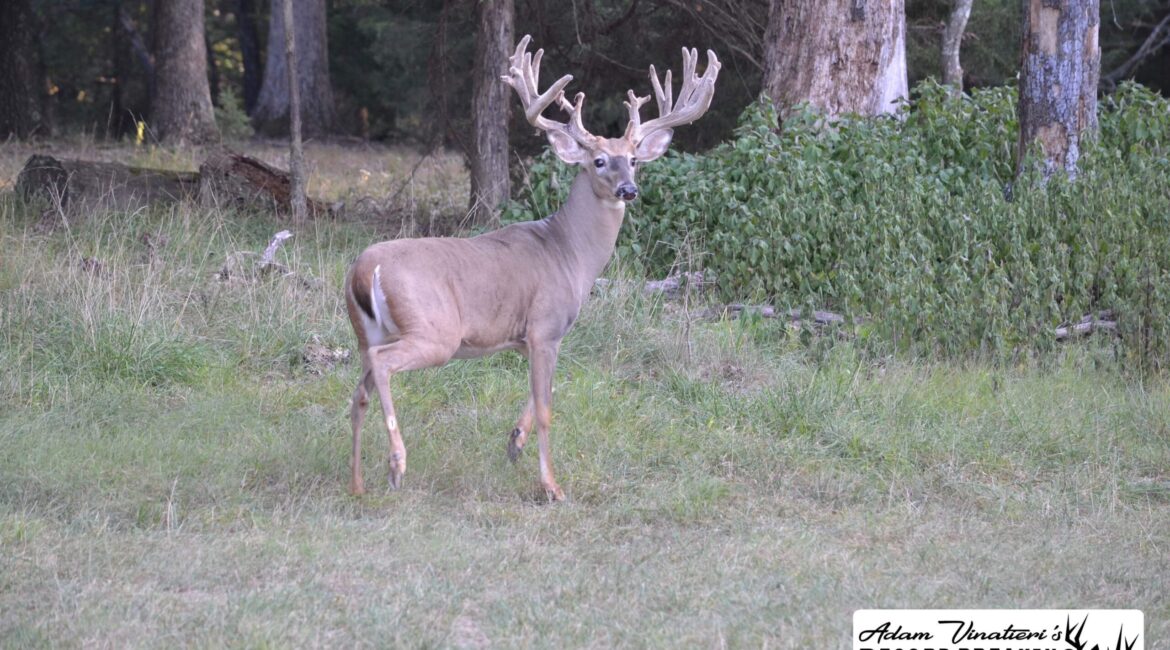
What causes a whitetail to be non-typical
Non-typical whitetail deer, characterized by irregular or abnormal antler growth, can result from a variety of factors, both genetic and environmental. Here are some common causes of non-typical antler growth in whitetail deer:
- Genetics: Genetic factors play a significant role in determining antler development in whitetail deer. Non-typical antler traits can be inherited from one or both parents and passed down through generations. Some deer may carry recessive genetic traits that predispose them to non-typical antler growth.
- Hormonal Imbalance: Hormonal imbalances or disruptions during antler growth can lead to irregularities or abnormalities in antler formation. Factors such as age, health, stress, injury, disease, or nutritional deficiencies can affect hormone levels and influence antler development.
- Injury or Trauma: Physical injury or trauma to the antlers or skull during antler growth can cause deformities, irregularities, or asymmetry in antler shape and size. Damage to the pedicle, velvet, or growing antler tissue can disrupt normal growth patterns and result in non-typical antler growth.
- Nutritional Factors: Nutritional deficiencies or imbalances can impact antler growth and development in whitetail deer. Inadequate levels of essential nutrients such as protein, minerals, vitamins, and carbohydrates can hinder antler growth and contribute to non-typical antler formations.
- Environmental Stressors: Environmental factors such as temperature, humidity, photoperiod, habitat quality, and population density can influence antler growth in whitetail deer. Stressors such as drought, food scarcity, habitat fragmentation, or human disturbances may affect deer health and antler development.
- Genetic Mutations: Rare genetic mutations or abnormalities can result in non-typical antler growth patterns that deviate from the typical symmetrical, palmated structure seen in most whitetail deer. These mutations may manifest as extra points, abnormal tines, or unusual shapes in the antlers.
- Age: As whitetail deer age, their antler growth may become more irregular or non-typical due to changes in hormone levels, wear and tear on the pedicles, and accumulated injuries or trauma over time. Older bucks may exhibit a wider range of antler variations compared to younger deer.
Overall, non-typical antler growth in whitetail deer can be influenced by a combination of genetic, environmental, and individual factors. While most deer exhibit typical antler characteristics, non-typical bucks add diversity and intrigue to the deer population and are sought after by hunters and wildlife enthusiasts for their unique and distinctive antler formations.

0 Comments